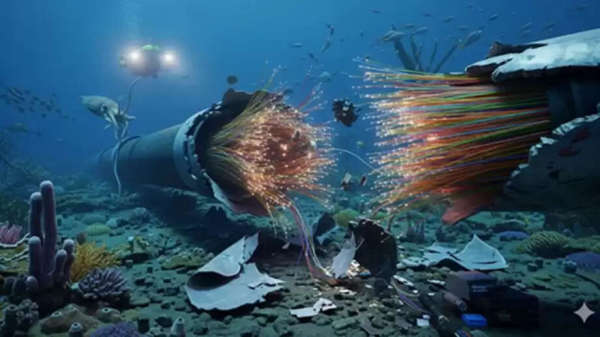
Just last week, the cutting of optical cables under the Red Sea disrupted internet access in many countries around the world. The cable cuts caused internet outages in several countries in the Middle East and South Asia. Ship anchors, natural disasters, sabotage, or war are usually the culprits behind underwater cable breaks.
However, repairing a fault in an internet cable is more difficult than laying it undersea. If a cable is cut, it can take months to locate and repair it. People generally assume that a cable is cut underwater to repair it. In reality, this is true, but this information is incomplete. So, let's learn how to repair a broken cable underwater.
How is a cable break detected?
Internet companies constantly monitor data flow. As soon as a cable is damaged, the network slows down or shuts down. Technicians send "test signals" to determine the location of the break. Let us tell you that there are special ships in the ocean called "cable ships." These ships use GPS and underwater maps to reach the broken part.
The cable is pulled out of the sea.
Once the location of the cable break is identified, a cable ship is sent there. A grapple (an iron hook-like device) is then sent from the ship into the depths of the ocean to pull the cable up. This grapple grabs the broken cable and slowly pulls it up onto the ship.
Engineers on the ship clean both ends and connect the fiber optic strands using special technology. This connection process is extremely precise, as fiber optic wire is thinner than a hair.
The post-testing process
After repair, the cable is carefully released back into the depths of the ocean. This entire process can sometimes take anywhere from a few days to months, depending on the location and depth of the break.
Disclaimer: This content has been sourced and edited from Amar Ujala. While we have made modifications for clarity and presentation, the original content belongs to its respective authors and website. We do not claim ownership of the content.